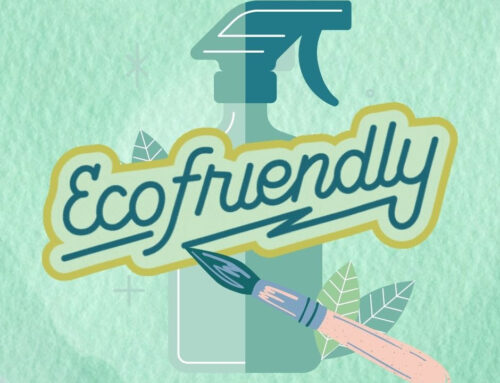The New Cleaning Technology Transforming Your Office
Innovation isn’t just for Silicon Valley anymore. Faced with growing environmental challenges and expanding development, the cleaning industry has turned to technology for solutions. These new tools and equipments are doing more than just cleaning up everyday grit and grime. They are also targeting major health issues, from indoor air quality to the flu virus. With this in mind, explore the new generation of tech promising cleaner, healthier commercial spaces. Also consider discussing with your provider about potential applications for your cleaning program.
Electrostatic sprayers:
Getting complete surface coverage when disinfecting has always posed a challenge for cleaning providers. Cleaning program have to balance the needs of a large office with time limitations. Now portable electrostatics sprayers are changing the game in commercial cleaning. Adapted from mass manufacturing, the technology provides uniform coverage by positively charging spray droplets to cling better to surfaces. The sprayers also improve manual access to hard-to-reach areas. This allows cleaners to comprehensively disinfect entire offices, and cut average cleaning times by 50 percent. This makes electrostatic sprayers a powerful line of defense in the office for flu season.
Green Vacuums:
This is not your average Hoover. The new generation of green vacuums features HEPA filters. HEPA, which stands for High Efficiency Particulate Air, are a special class of filters that can trap 99.97 percent of particles that are 0.3 microns. The technology was first developed by the Manhattan Project during World War II to clean up radioactive contamination. Conventional vacuums can recirculate pollutants back into the air. By contrast, these super HEPA filtration systems are powerful at removing pollutants, allergens, and even the flu virus from surfaces.
UV Cleaning:
Imagine destroying germs with just a flash of light? This is the reality of ultraviolet (UV) technology disinfection machines. These machines emit UV light energy at a certain wavelength, blowing apart the cell walls of bacteria. This makes the technology an effective surface disinfectant. The technology has been combined with robotics, creating UV cleaning robots that offer full-room sterilization. UV cleaning machines cannot replace manual surface cleaning. However, the technology has become essential as a supplementary cleaning tool in highly sensitive environments such as hospitals. A CDC study showed UVC machines, when paired with conventional cleaning practices, cut transmission of four major superbugs by 30 percent.





